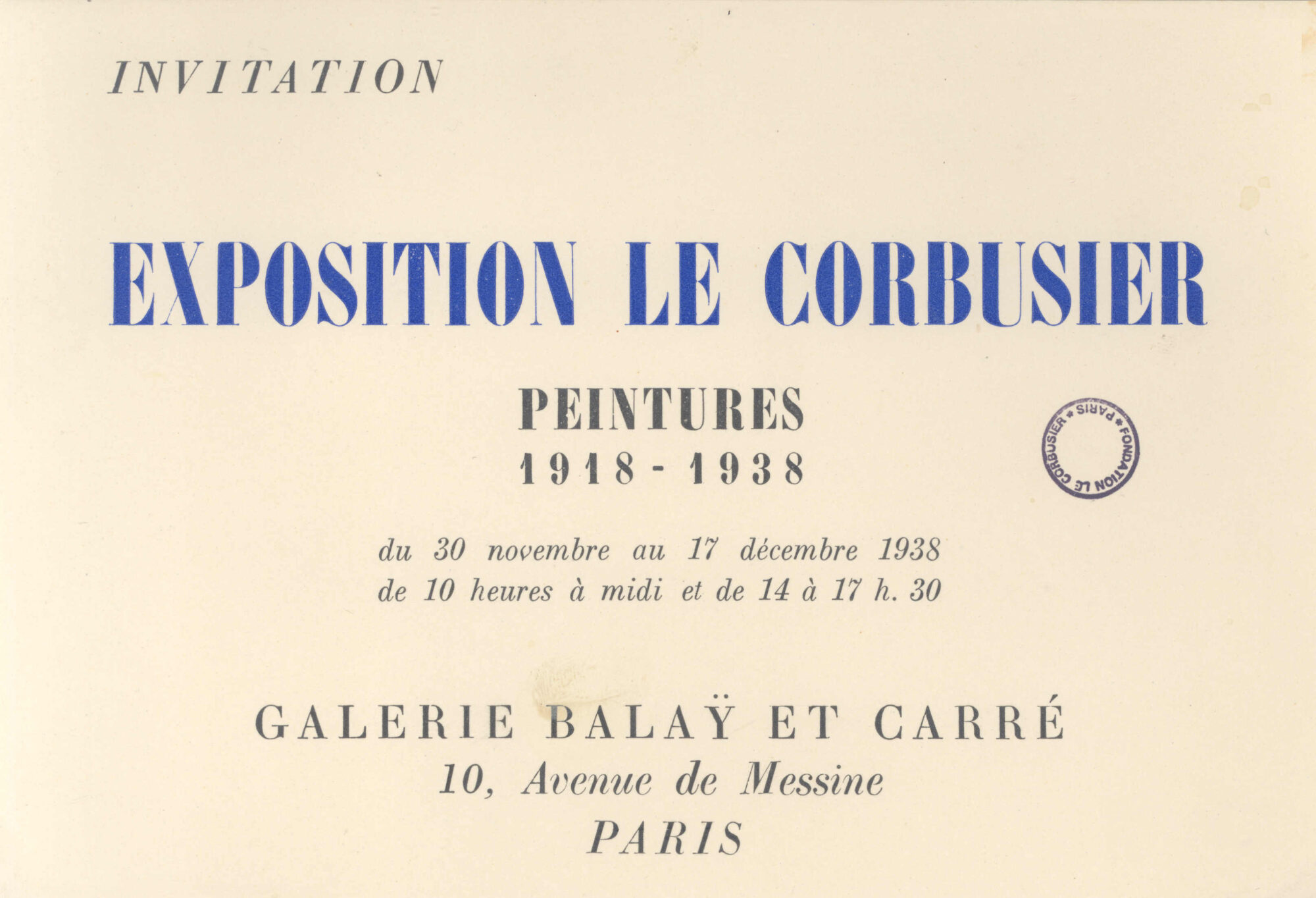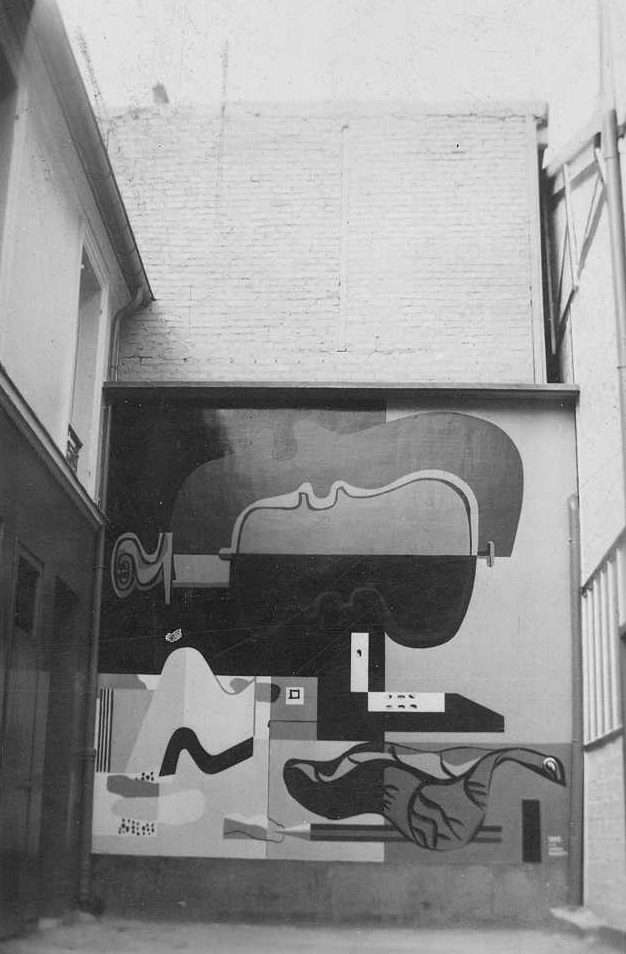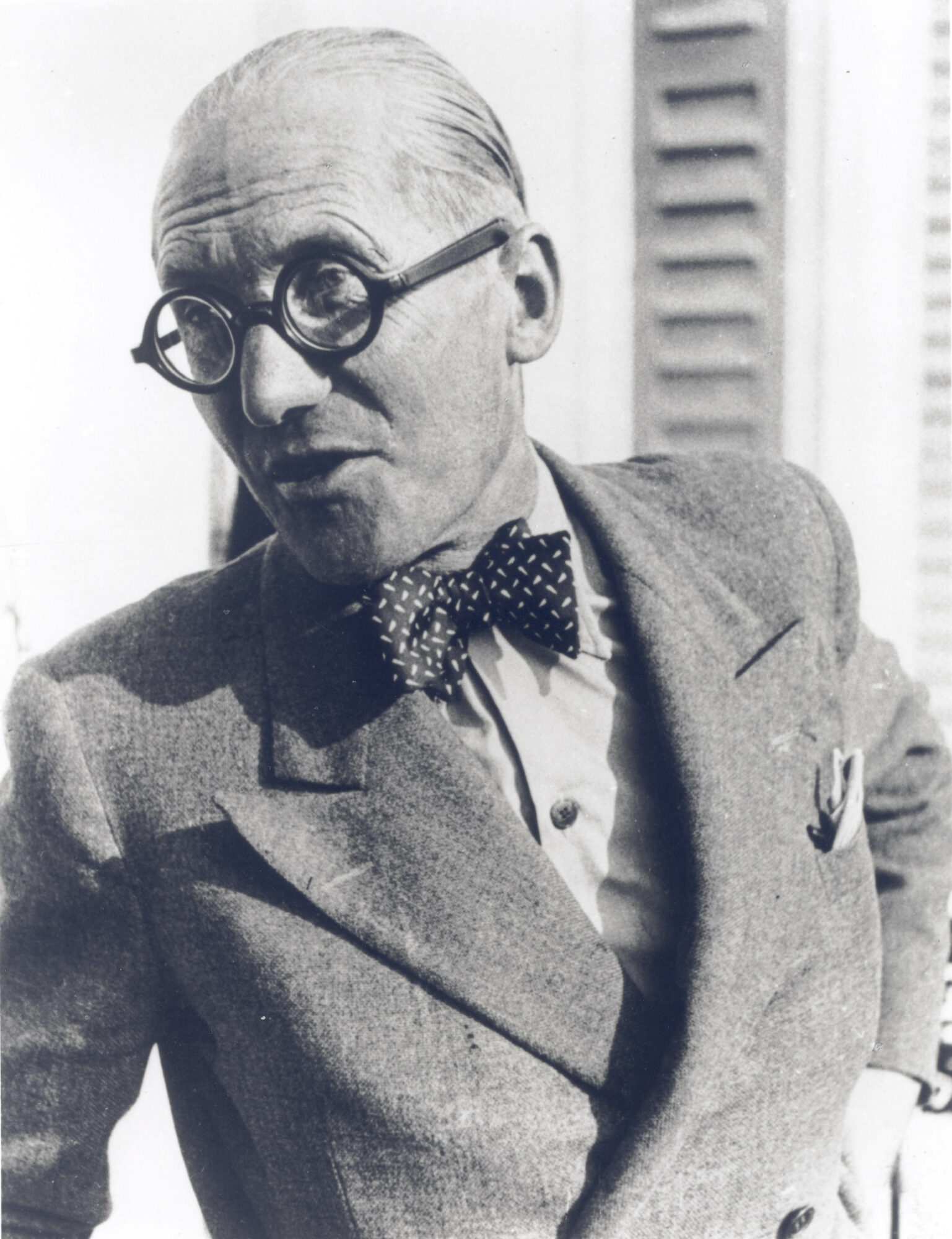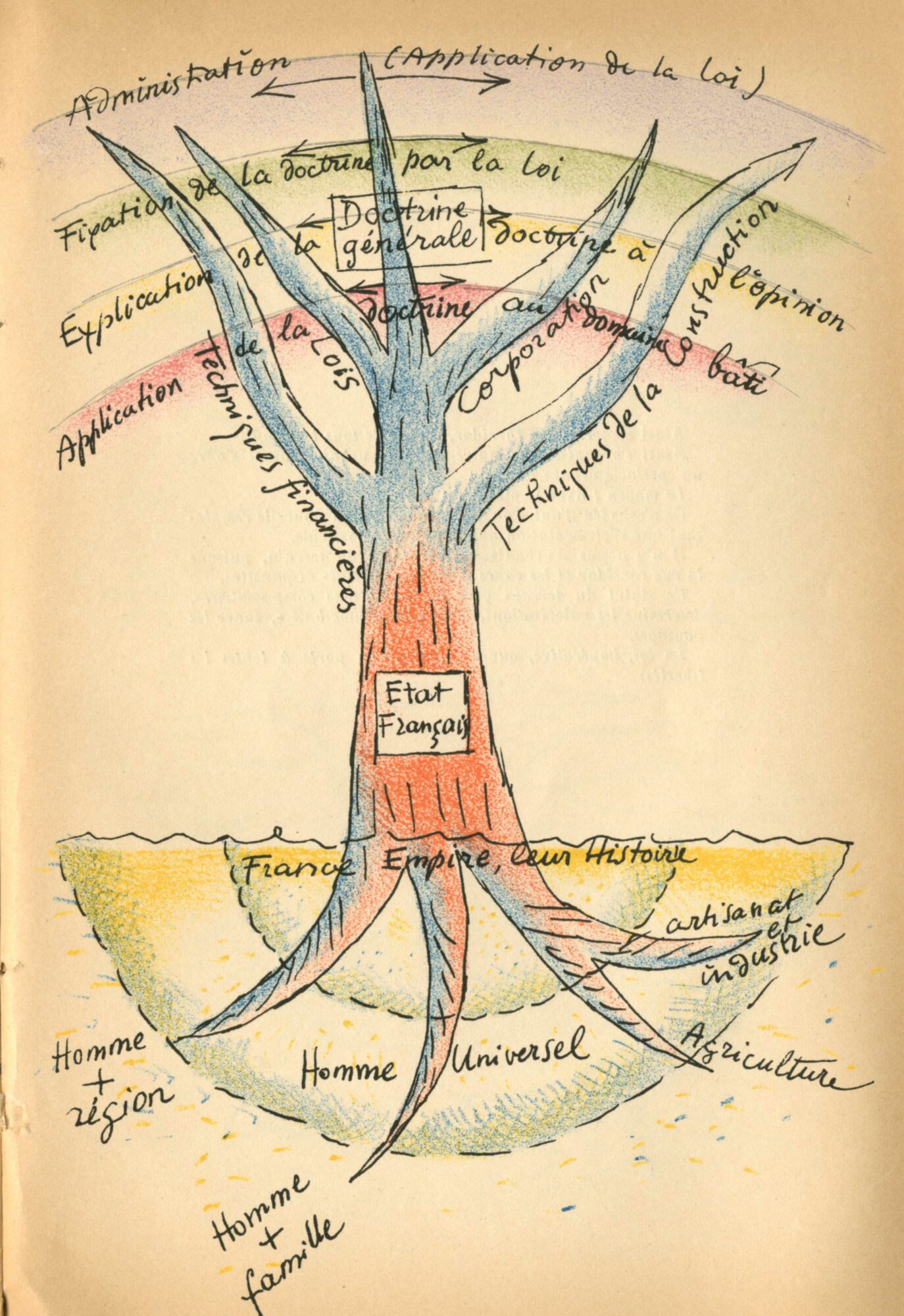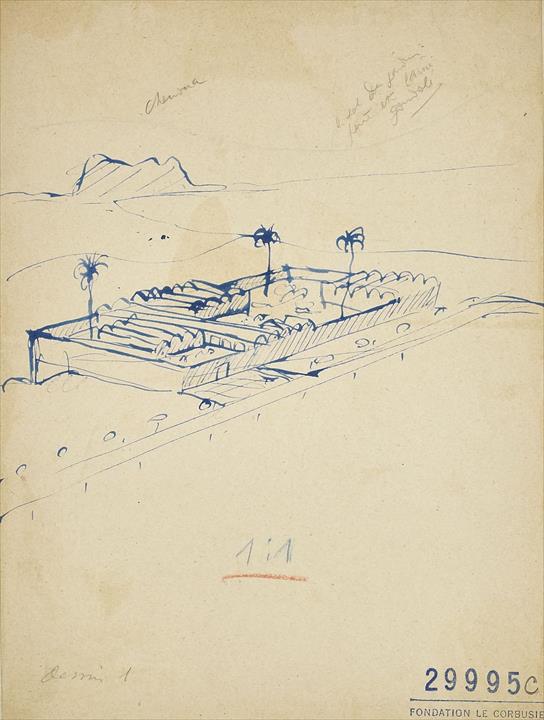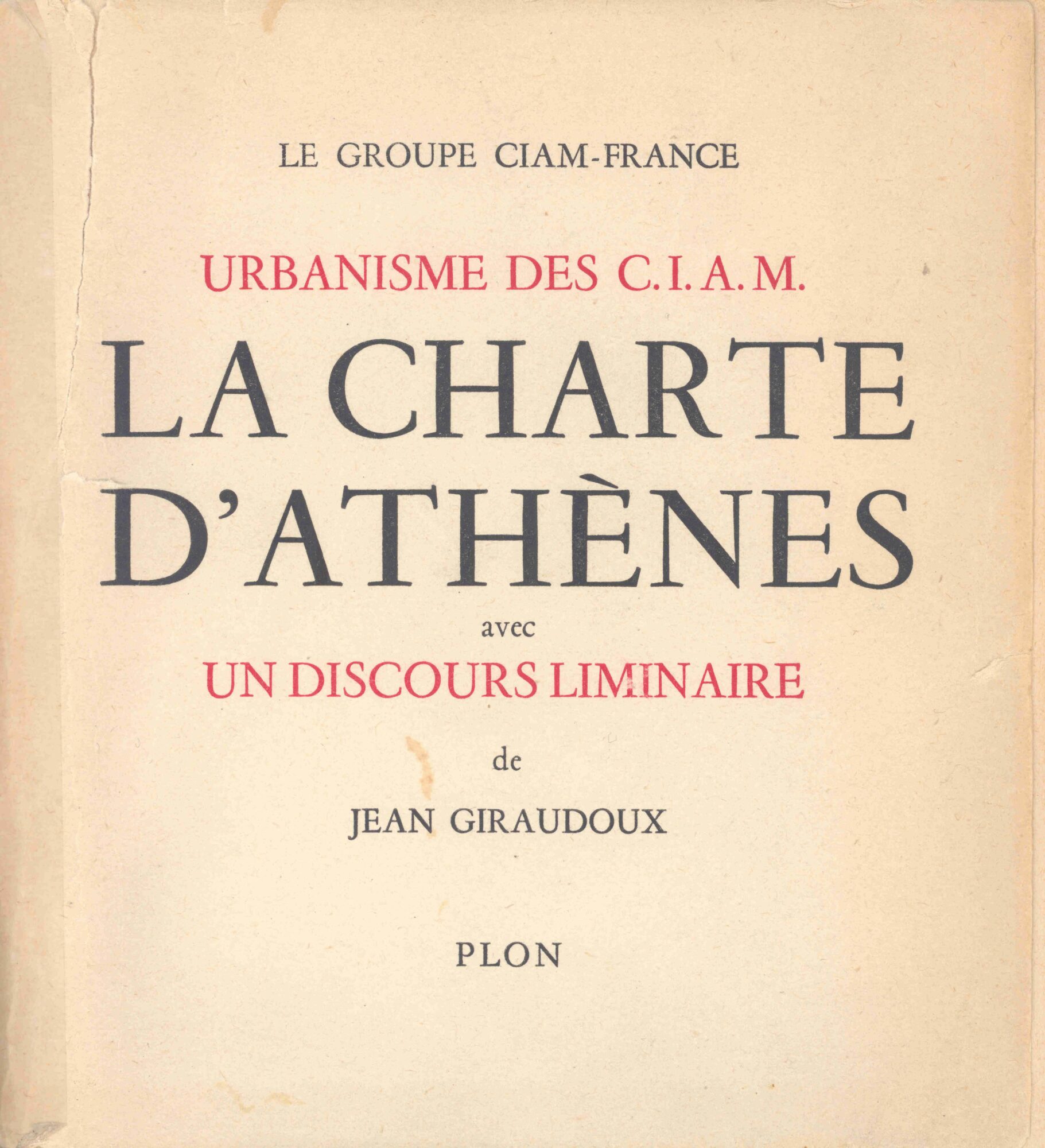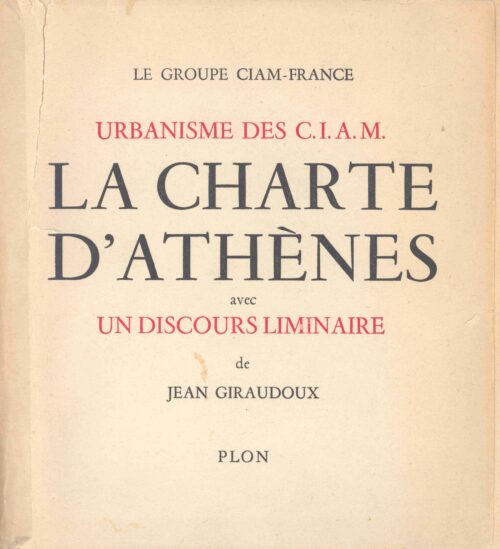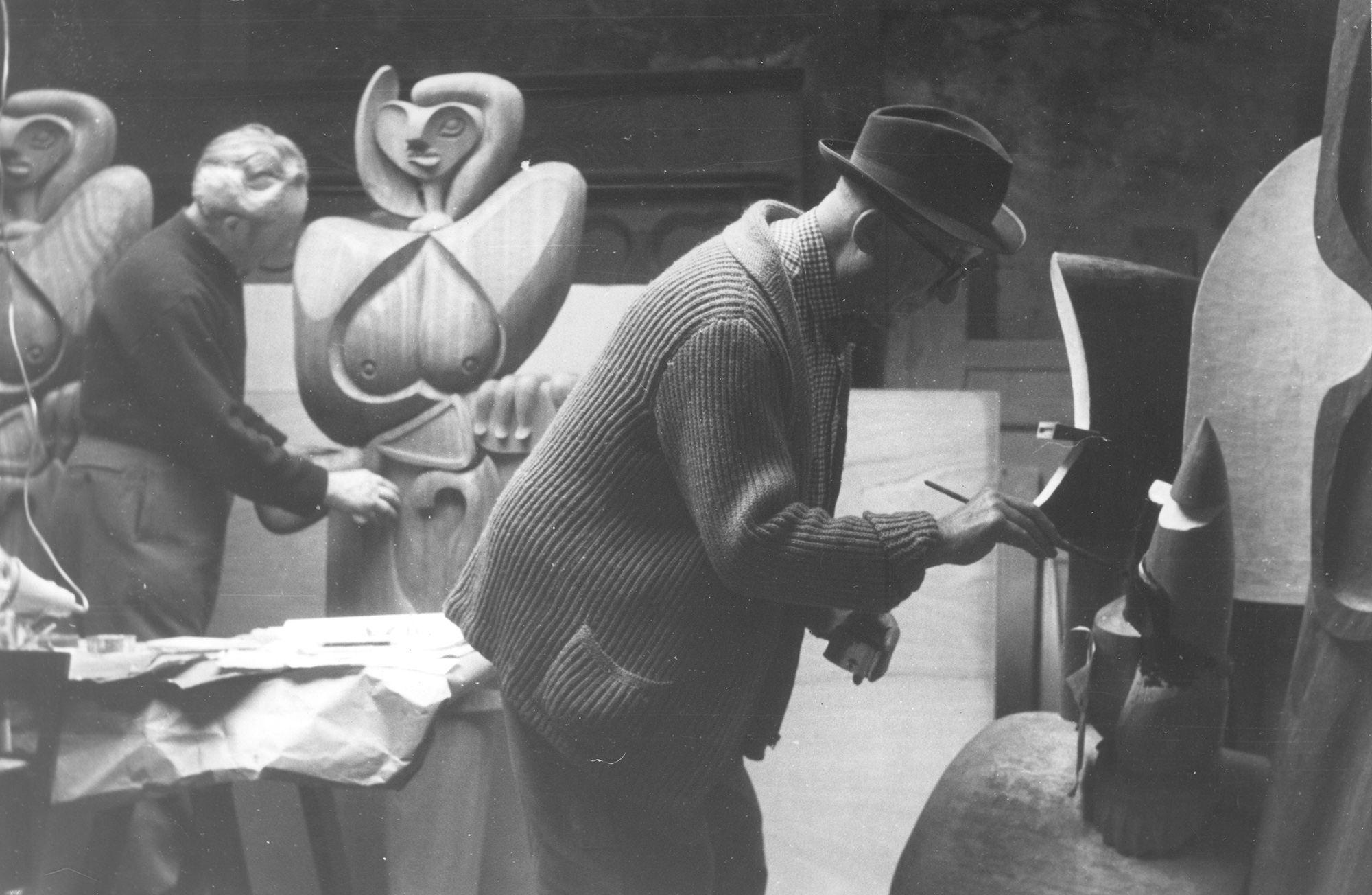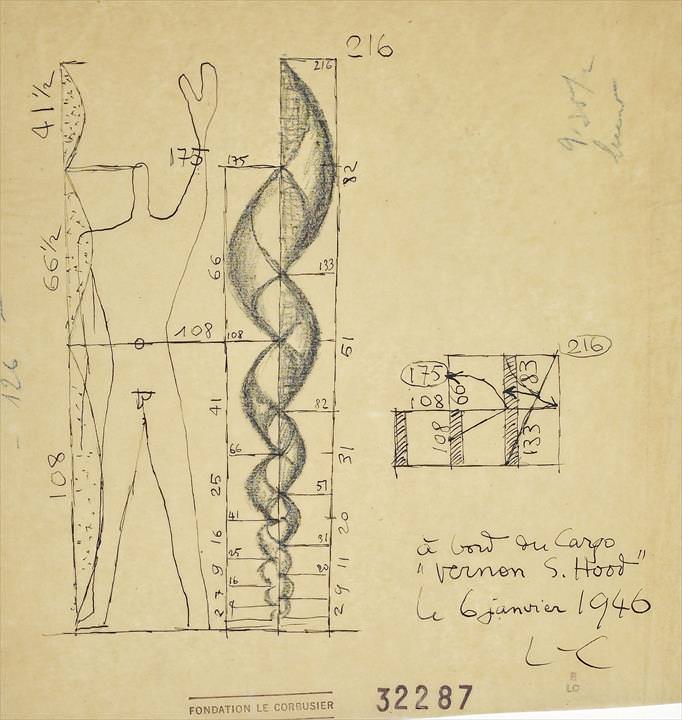
1939-1946: From mobilization to reconstruction
The period 1939-1946 covers the Phony War, the global conflict and the immediate post- war period. It marks an important turning point in Le Corbusier’s life and work. At the age of fifty-two, he saw his world collapsing… The very world he had been denouncing and portraying as an inexorable failure since the mid-1930s. French by naturalization, he set out to serve his country. He offered his services to the Minister of Armaments, Raoul Dautry, who entrusted him with the construction of a cartridge factory in Aubusson as part of the industrial decentralization process. The Defeat plunged him into deep emotional turmoil. Dejection was followed by exaltation and enthusiasm. In his eyes, the establishment of the Vichy regime on the ashes of the IIIe Republic was exactly what he had imagined: the collapse of the old world, favoring the rebirth of the country based on new collective and societal values.
1939
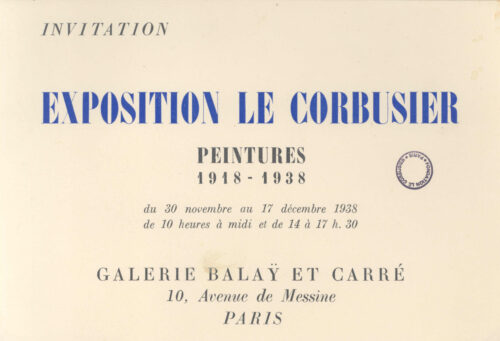
- Le Corbusier Peintures (1918 – 1938) exhibition at Paris gallery Balaÿ et Louis Carré, November 30 to December 17
- Appointed Foreign Member of the Royal Academy of Fine Arts, Stockholm
- Trip to Turkey to study urbanization plans for Smyrna
- Trip to Chile to study the urbanization of Santiago de Chile
- Creation of 6 additional murals in villa E-1027
- Move in September 1940 to the Cheval Blanc hotel in
1940
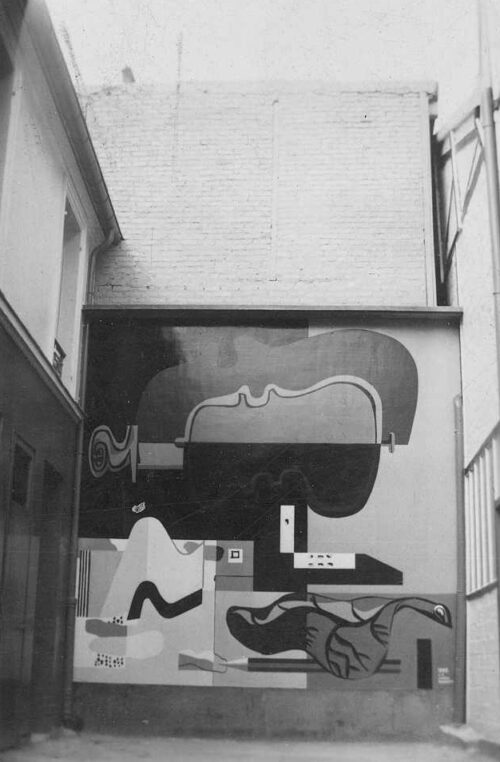
- Ministerial decision authorizing non-qualified architects Auguste Perret, Eugène Freyssinet and Le Corbusier to practice in France
- Mural painting on rue Le Bua, Paris
- Closing of 35 rue de Sèvres studio
- Le Corbusier leaves Vézelay for Ozon
- Le Corbusier alternated between Vichy and Algiers, where he tried to develop his urban planning projects
Marshal Pétain’s incessant calls for a National Revolution did not displease him, who had made architecture the revolutionary fact par excellence. Like most French people, he also gave Pétain the benefit of the “Winner of Verdun” label. In addition to his first impressions, he also came into contact with a long-standing network of people actively campaigning for his integration into the inner workings of the French state. He moved to Vichy at the beginning of January 1941, and began to make incessant representations to the new authorities. He thought he’d be given the means not only to work on reconstruction, but also to be entrusted with the responsibility of implementing it according to the principles of modern architecture and urban planning. His blindness lasted eighteen months, long enough for him to realize that, beyond messages of goodwill, nothing of importance would ever be entrusted to him.
Navigating his way through a number of bureaucratic commissions, the best he could achieve was a temporary assignment with the Commissariat à la lutte contre le chômage. Among the regime’s technicians, he actually had more adversaries than allies, notably François Lehideux, who opposed him forcefully and consistently, fearing the architect’s programmatic ideas. In May 1941, he joined the Latournerie commission for the study of real estate development and construction. Failing to influence the country’s urbanization, he devoted himself to writing new books that were the fruit of his free time for reflection (La Charte d’Athènes, Sur les Quatre routes, La Maison des hommes…). On July 1st 1942, exhausted, he let out a thunderous “Adieu, cher merdeux Vichy! Je secoue la poussière de mes croquenots jusqu’au dernier grain” and left for Paris.
1941
- Publication of Sur les quatre routes
- Publication of Le destin de Paris
1942
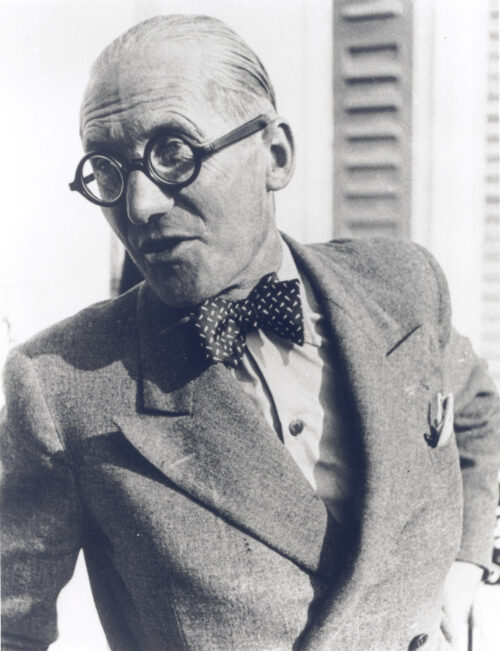
- ASCORAL founded by Le Corbusier
- Publication of Les constructions Murondins et la Maison des hommes
- Final departure from Vichy in July
- Le Corbusier continues his Algerian projects: Résidence Peyrissac, domaine agricole in Cherchell
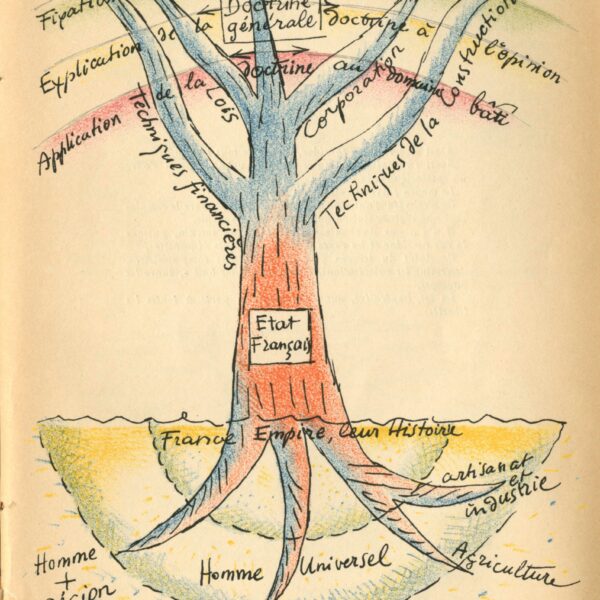
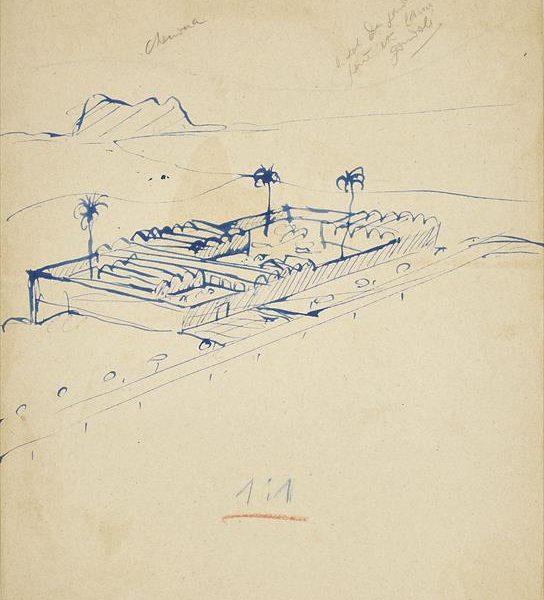
This marked the beginning of the second period, undoubtedly the most interesting in terms of his theoretical construction. Far from power, in the imposing silence of his rue de Sèvres studio, he proposed new analyses of the issues and strategies to be promoted for the reconstruction to come. At a time when the Axis forces were suffering their first defeats, he wrote: “1943 was a year of no particular character, situated perhaps at this point of inflection between the sum of errors and the dawn of renewal“. By founding the Association des Constructeurs pour la rénovation architecturale (ASCORAL), he projected himself into the post-war era. On May 8, 1945, as victory was being celebrated, he was, at the age of fifty-eight, ready to resume his fight for the defense and illustration of modern architecture. He was hard at work rebuilding Marseille, La Vallée de la Seine, Saint-Dié and La Rochelle-la-Palice.
1943
1944
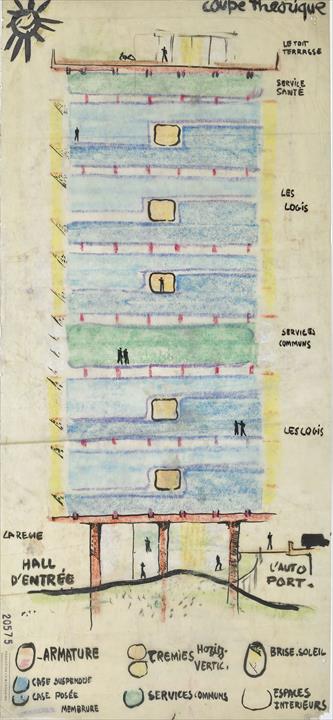
- Reopening of the studio 35 rue de Sèvres after the Liberation
- Between 1944 and 1946, Le Corbusier began designing sculptures in collaboration with Breton cabinetmaker Joseph The two men, who had known each other since 1936, had already designed furniture together
- Usine verte Project
- Start of research on unites d’habitations
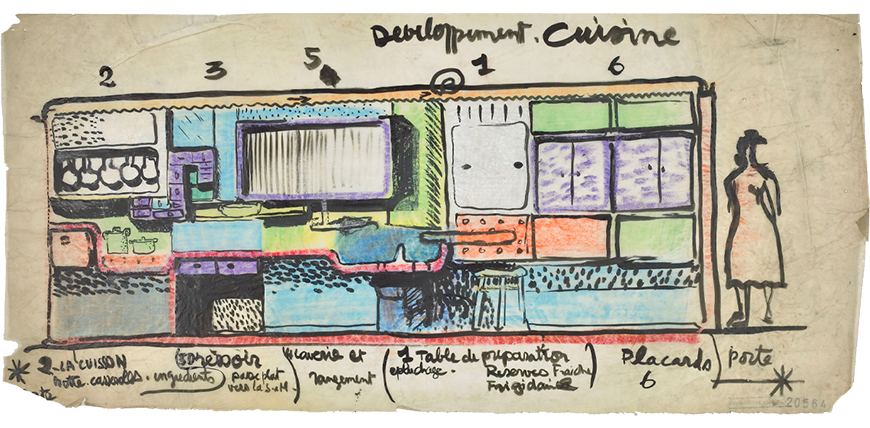
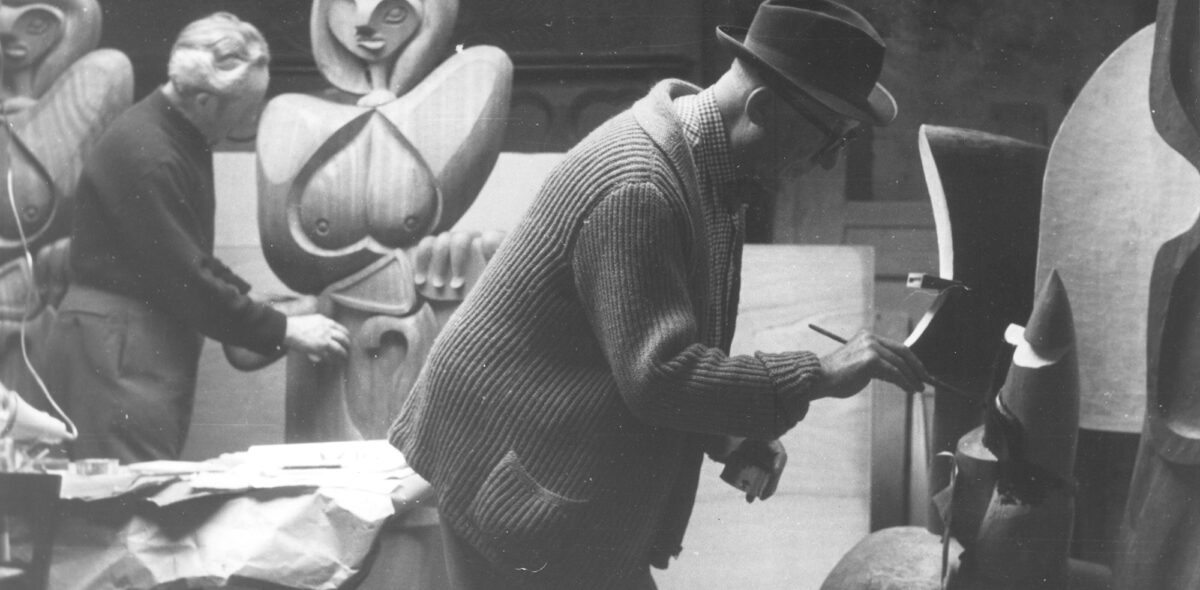
1945
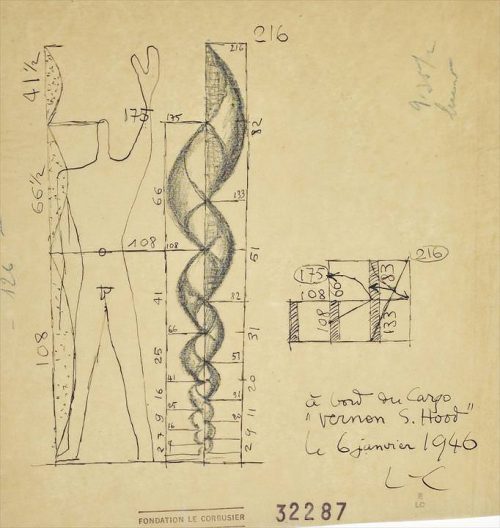
- Exhibition of his work organized by the Walker Art Center, Minneapolis
- Development of the Modulor, his universal measure of proportions on a human scale, of which Albert Einstein would say “It’s an invention that makes evil difficult, and good easy.”
- Publication of Les Trois établissements humains
- Creation of ATBAT, a builders’ workshop founded by Le Corbusier, Vladimir Bodiansky, André Wogenscky and Jacques-Louis Lefebvre. This workshop takes charge of all engineering and calculations for the construction of the Marseille housing
- Town planning projects for La Rochelle-La Pallice, Saint-Dié des Vosges
1946
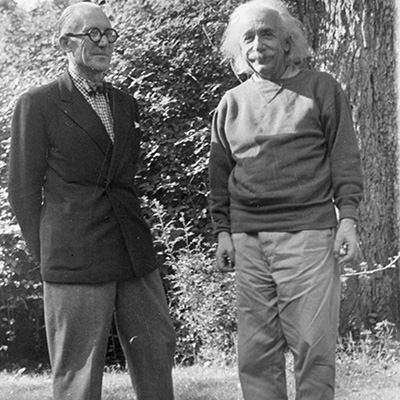
- Meeting Albert Einstein at Princeton
- Le Corbusier begins work on the Usine Claude et Duval in Saint-Dié-des-Vosges
- Manière de penser l’Urbanisme (Ways of thinking about urban planning) and Propos d’urbanisme
